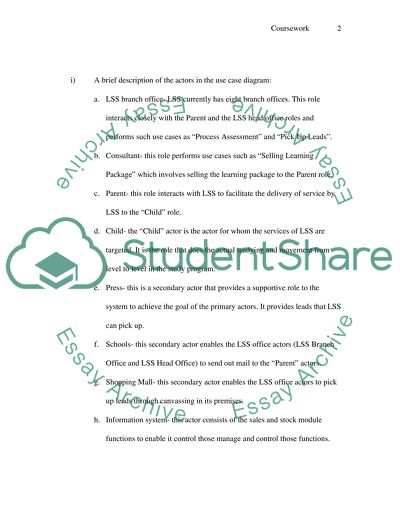Cite this document
(“Learning Support System Assignment Example | Topics and Well Written Essays - 2750 words”, n.d.)
Learning Support System Assignment Example | Topics and Well Written Essays - 2750 words. Retrieved from https://studentshare.org/education/1527575-learning-support-system
Learning Support System Assignment Example | Topics and Well Written Essays - 2750 words. Retrieved from https://studentshare.org/education/1527575-learning-support-system
(Learning Support System Assignment Example | Topics and Well Written Essays - 2750 Words)
Learning Support System Assignment Example | Topics and Well Written Essays - 2750 Words. https://studentshare.org/education/1527575-learning-support-system.
Learning Support System Assignment Example | Topics and Well Written Essays - 2750 Words. https://studentshare.org/education/1527575-learning-support-system.
“Learning Support System Assignment Example | Topics and Well Written Essays - 2750 Words”, n.d. https://studentshare.org/education/1527575-learning-support-system.


